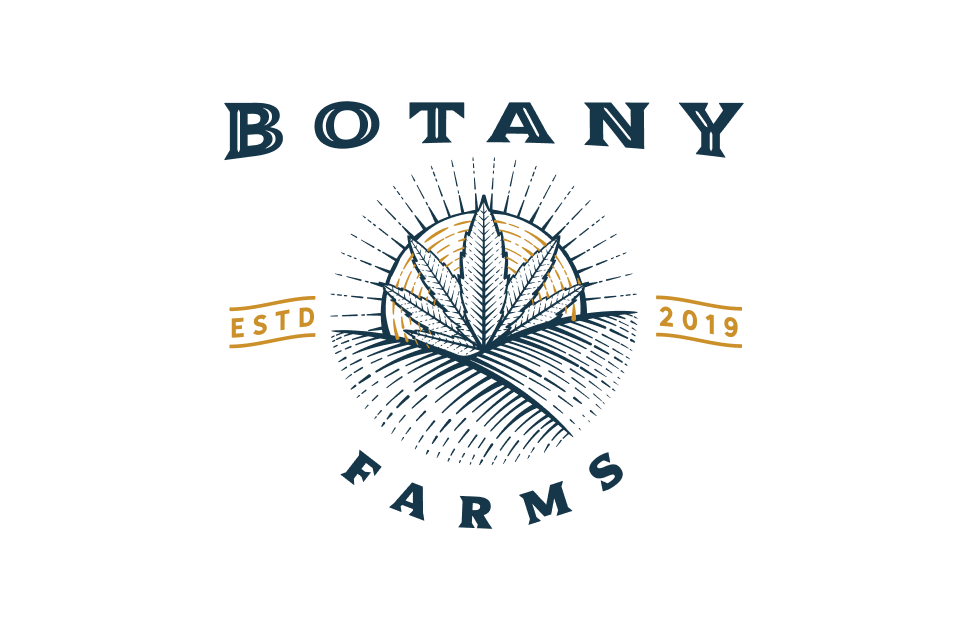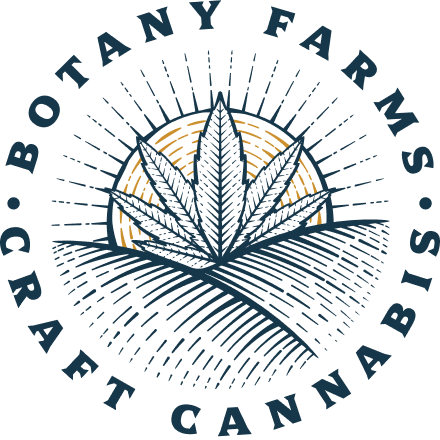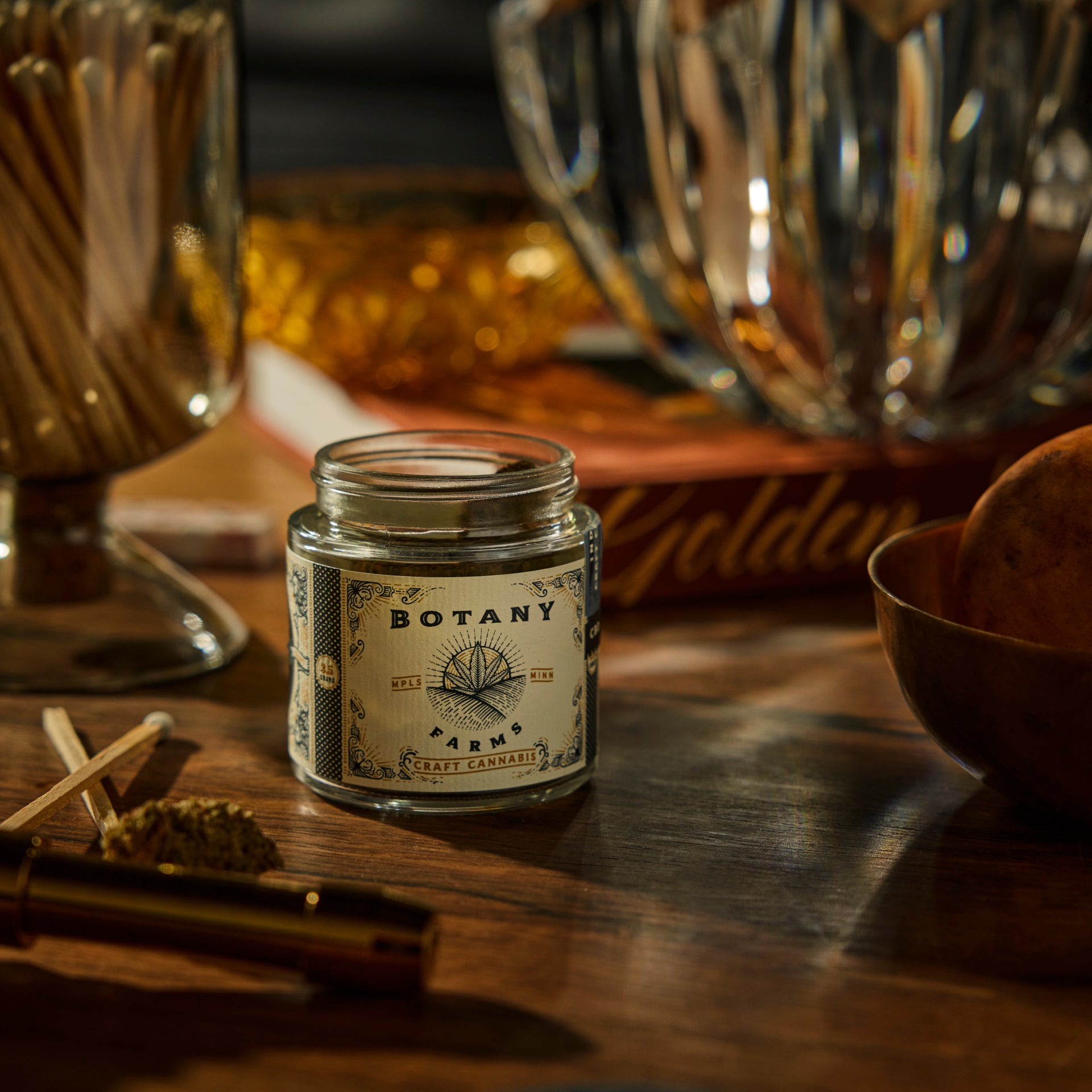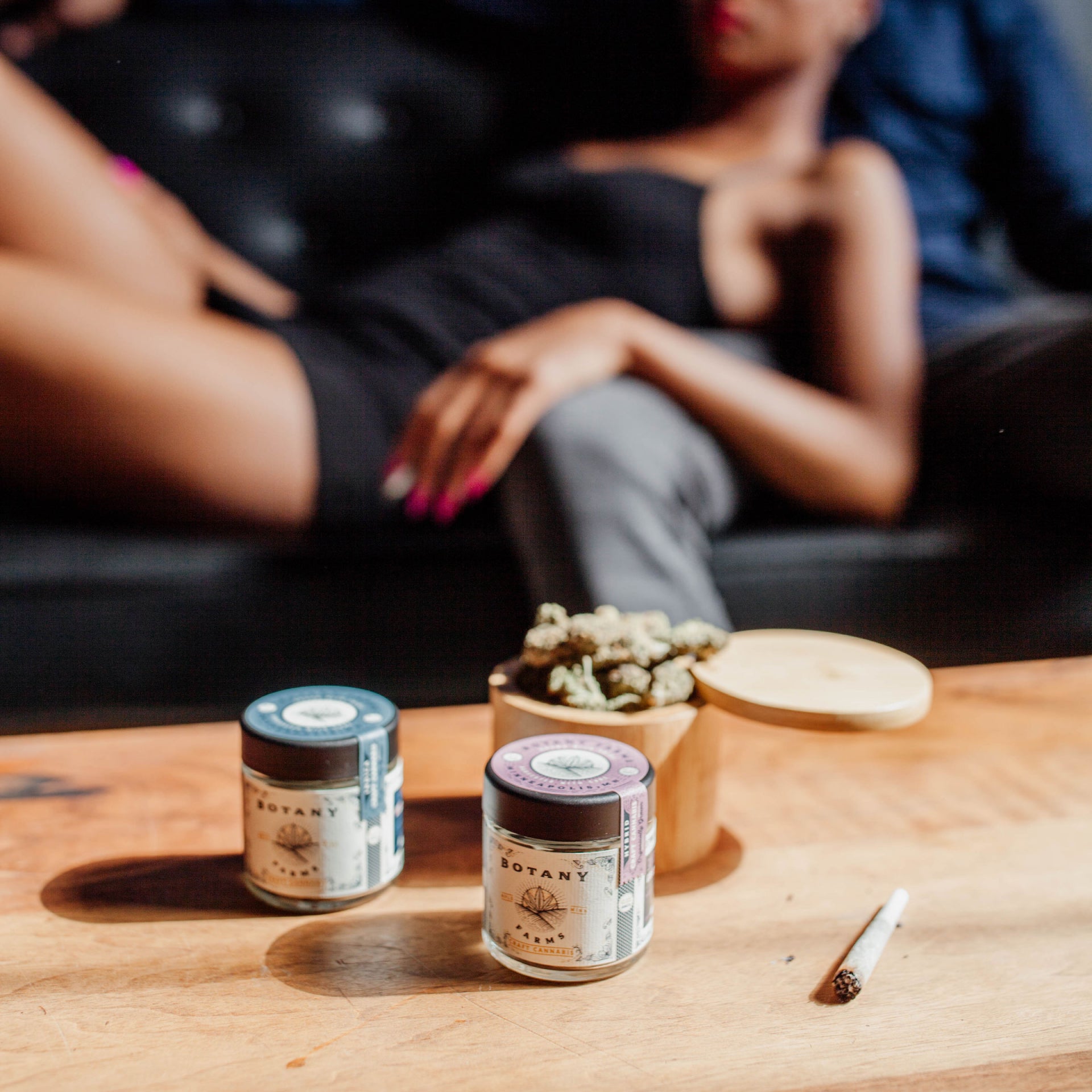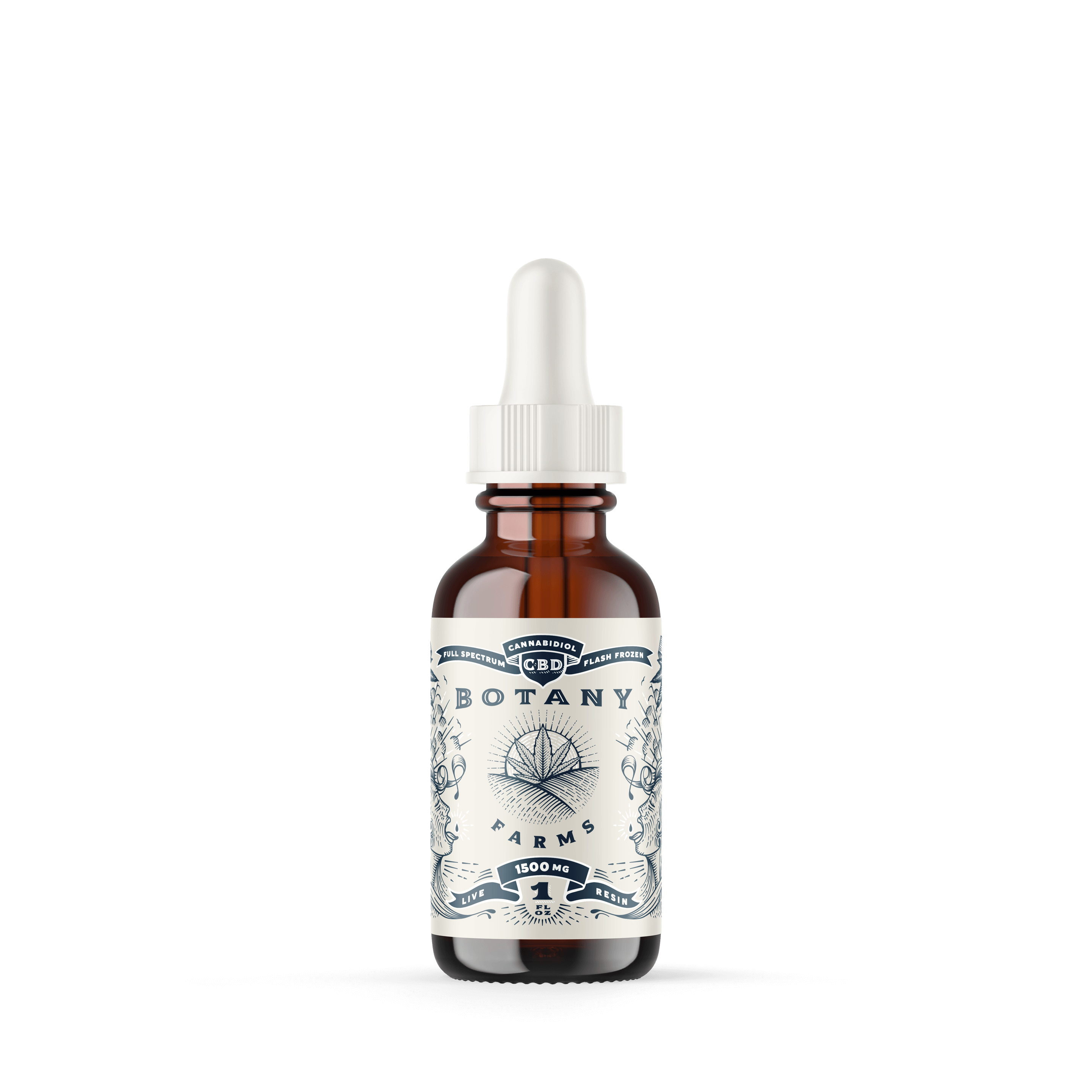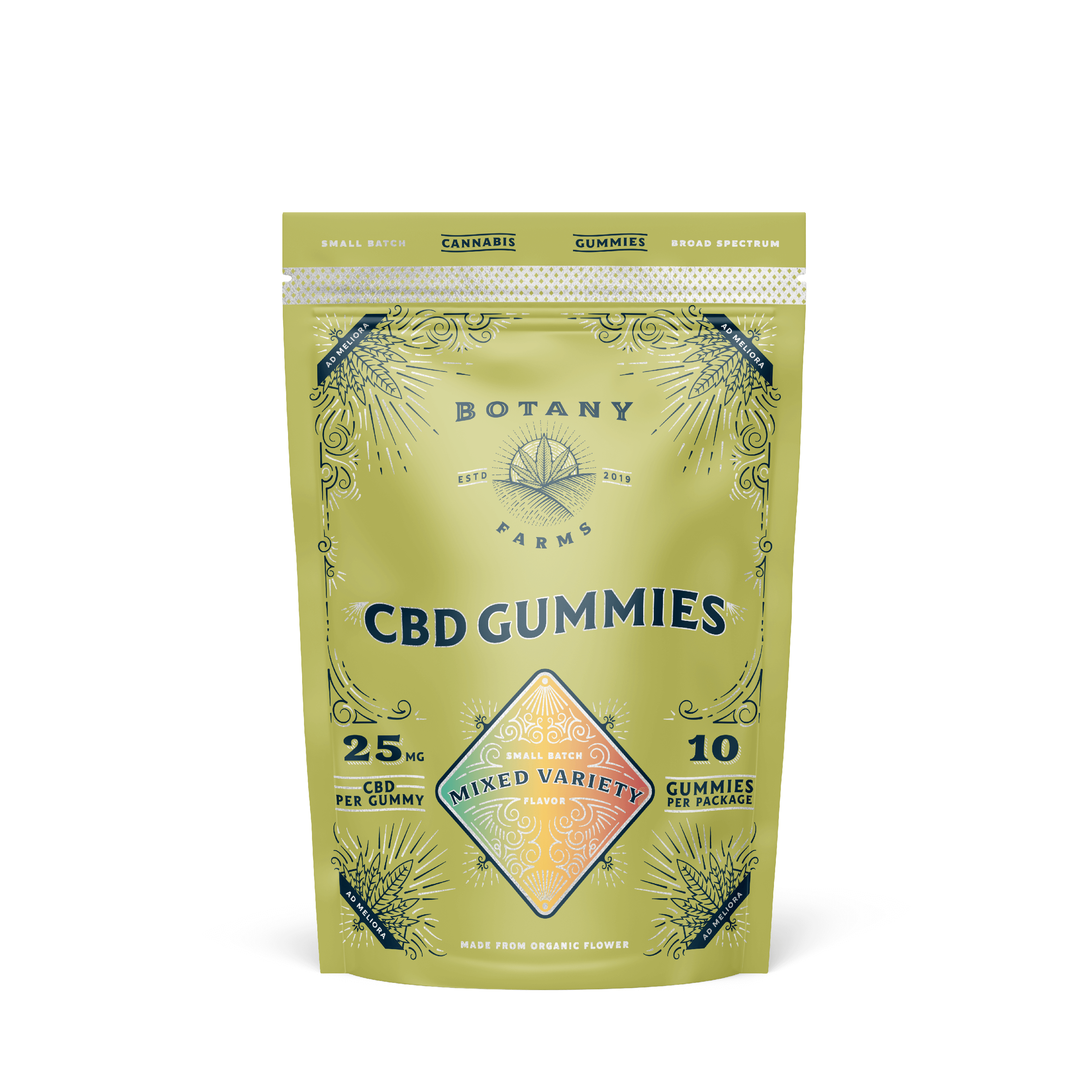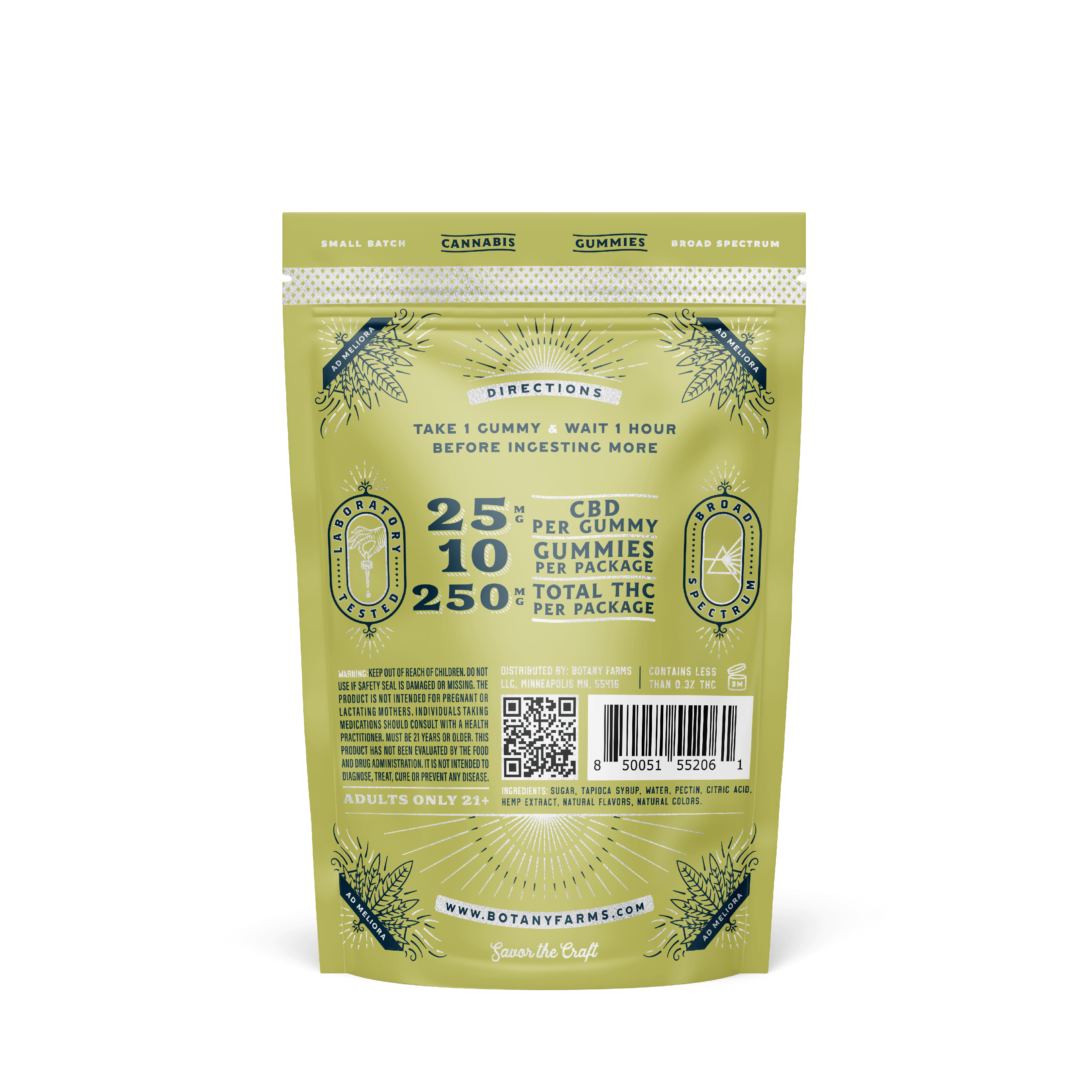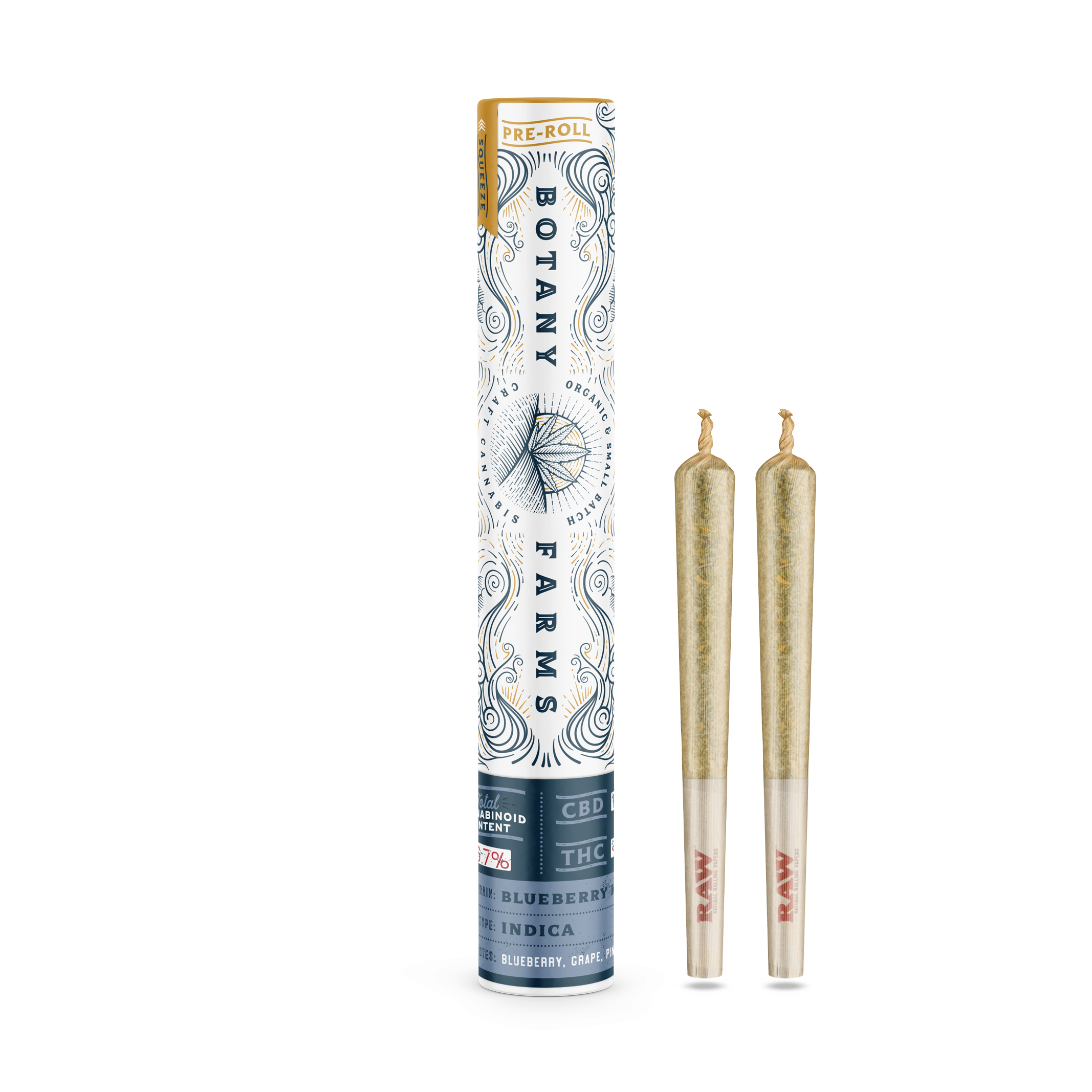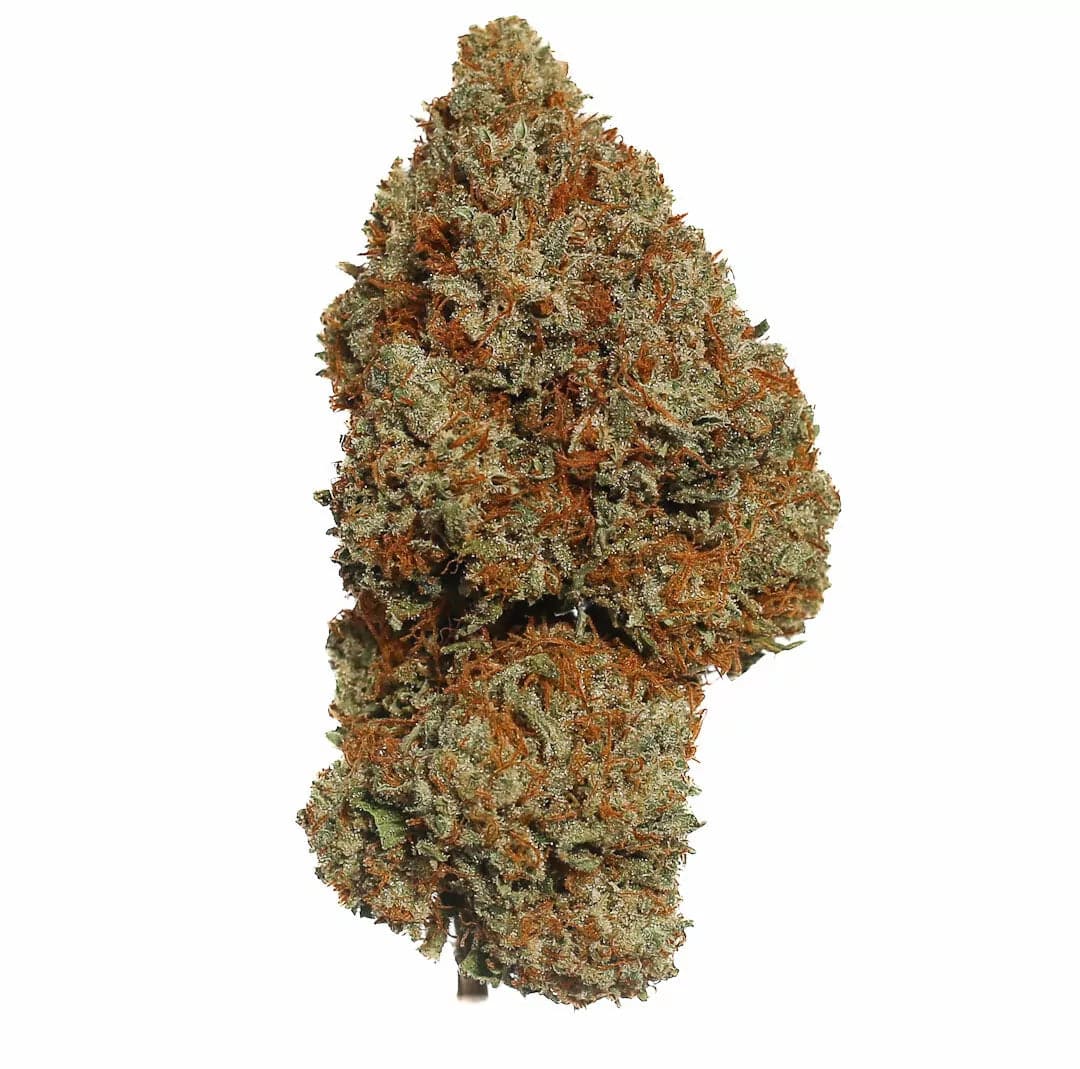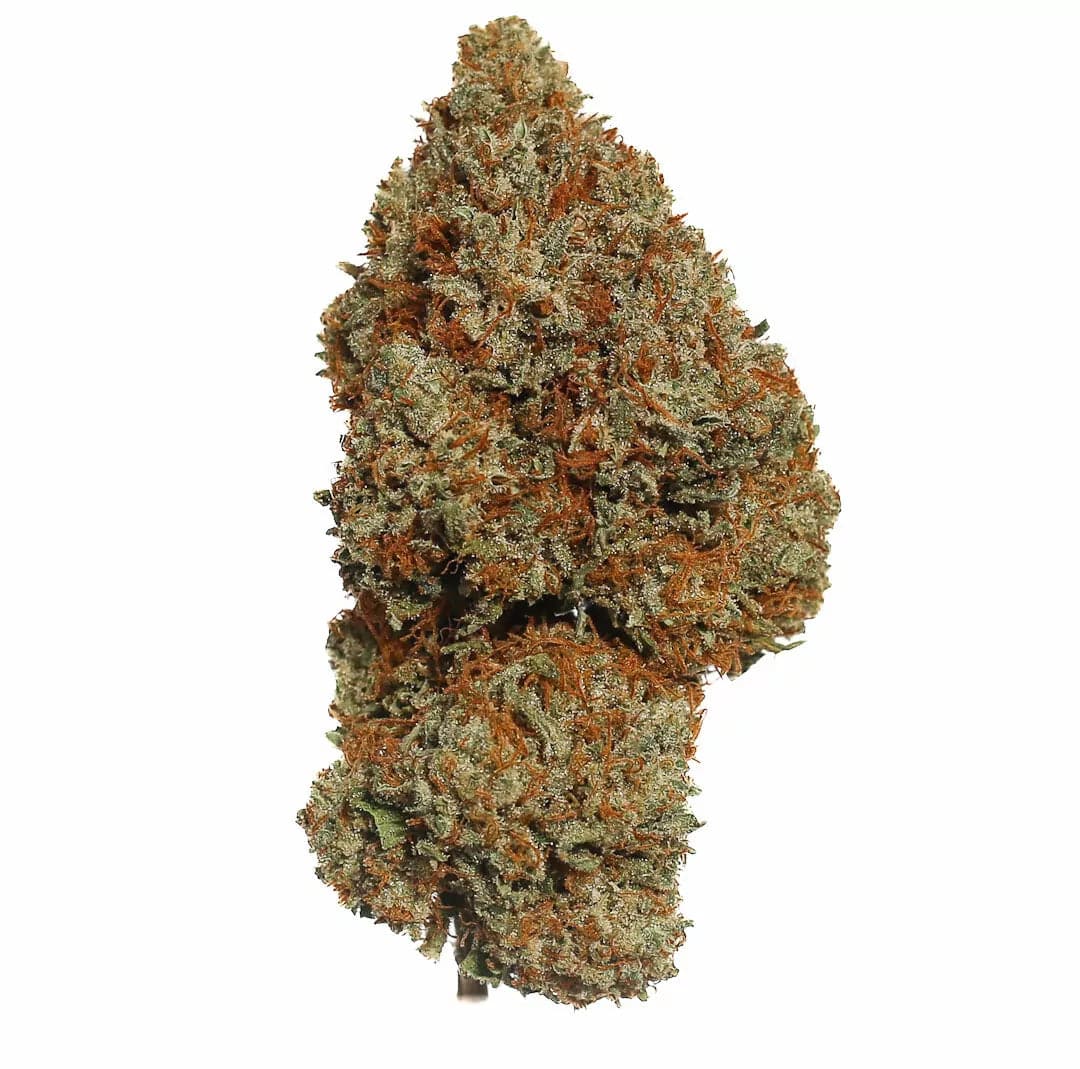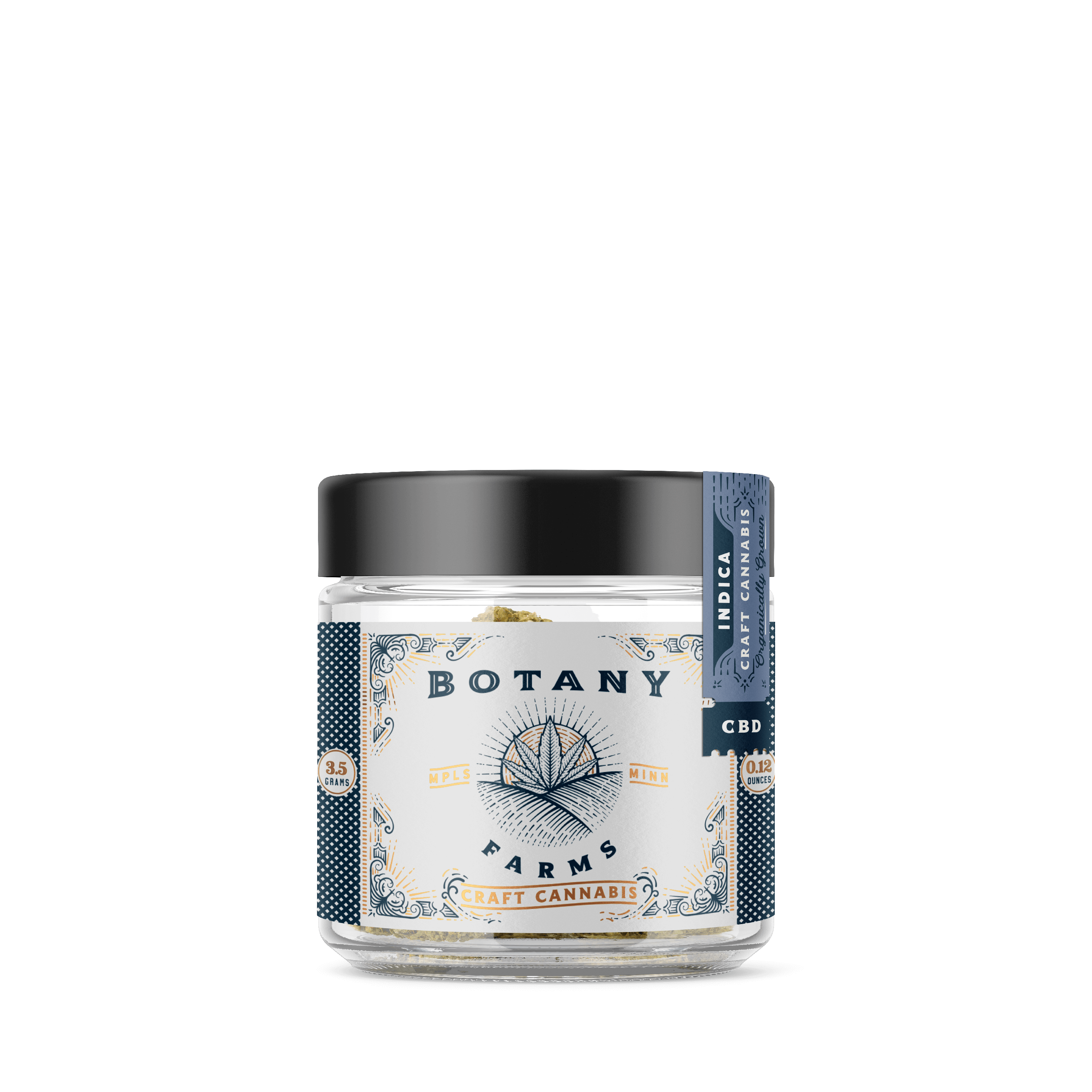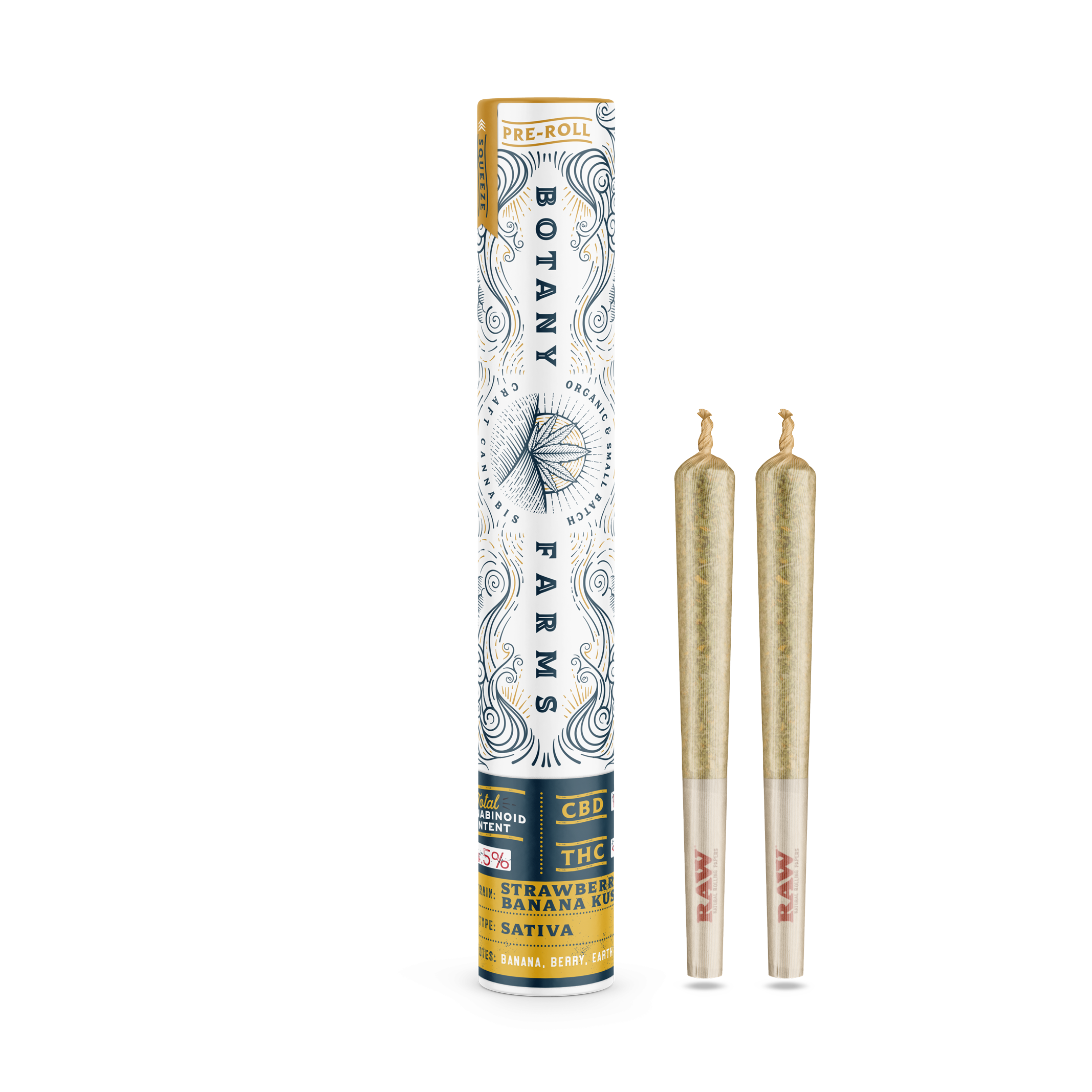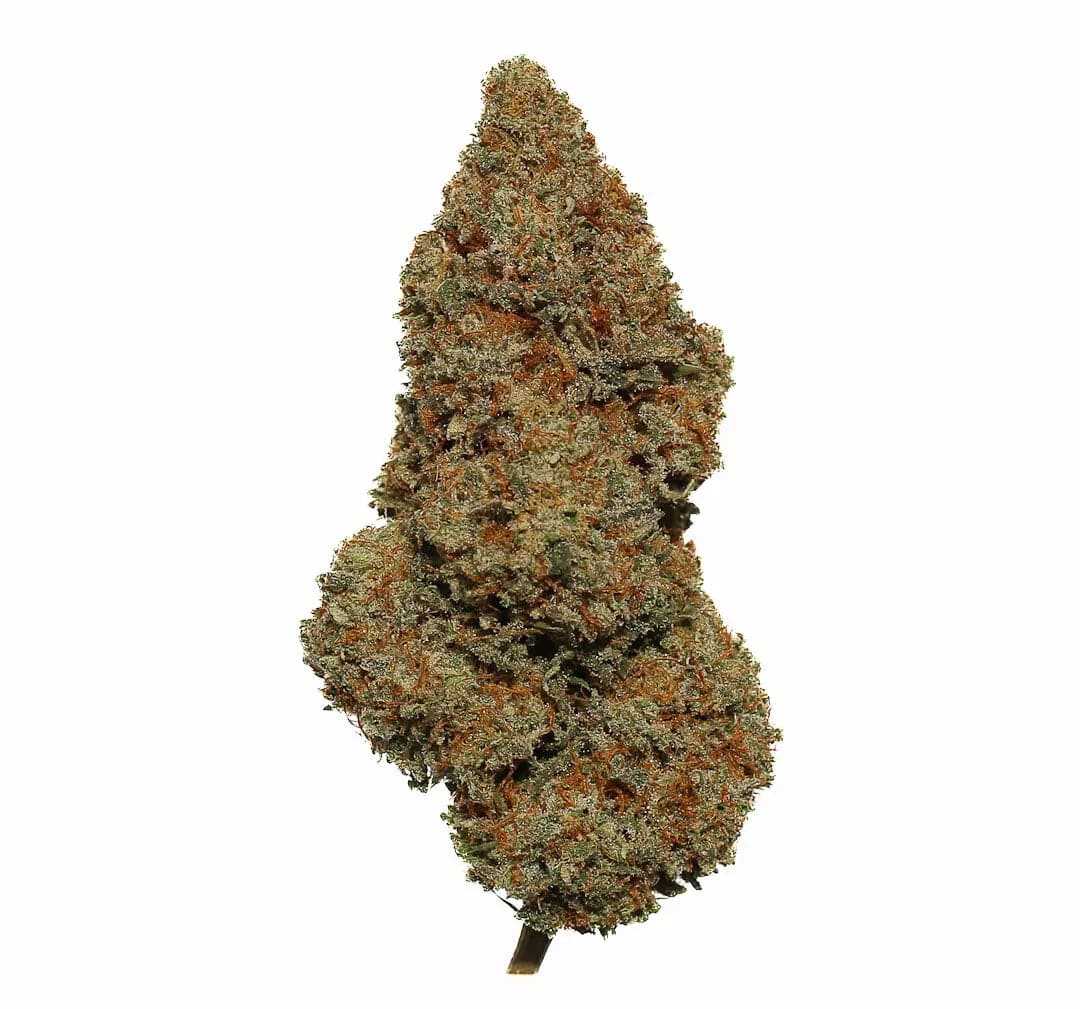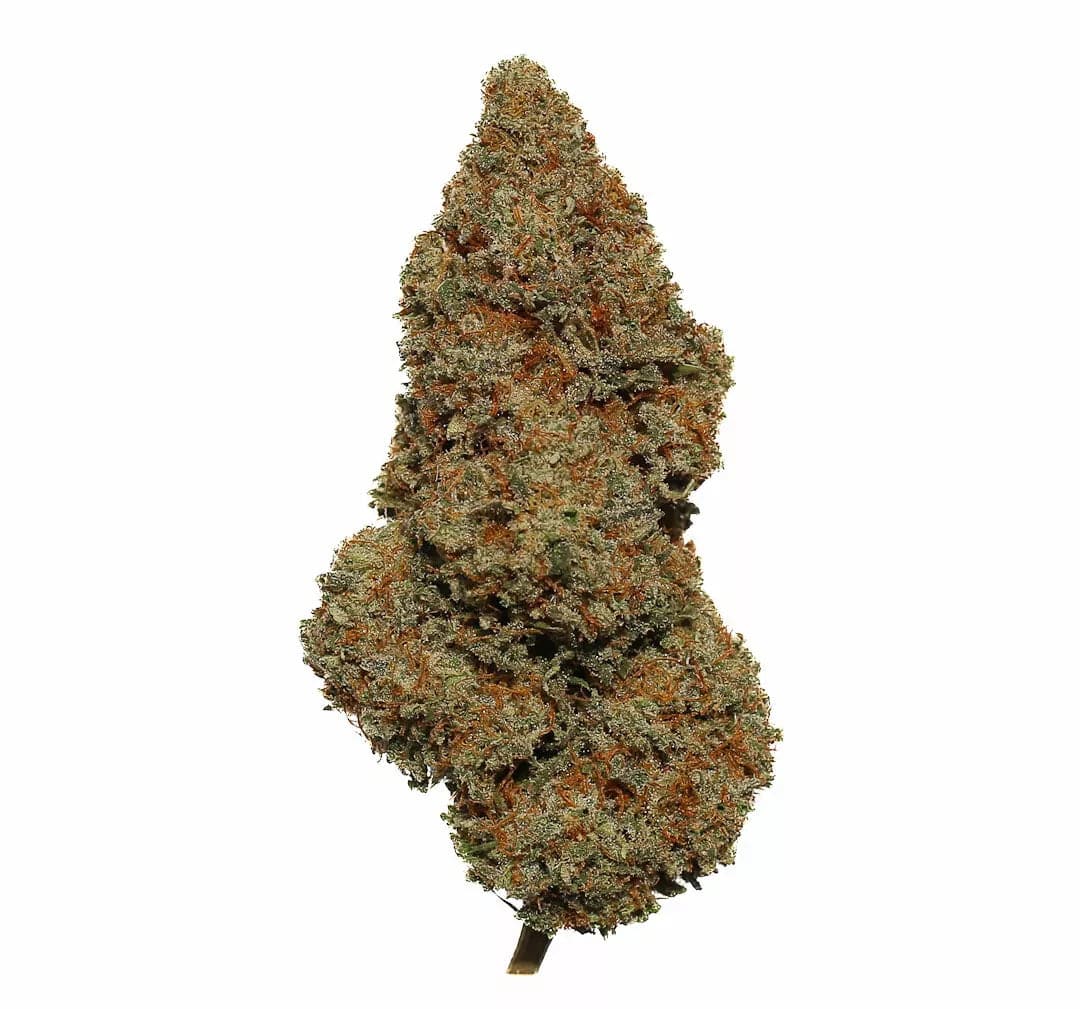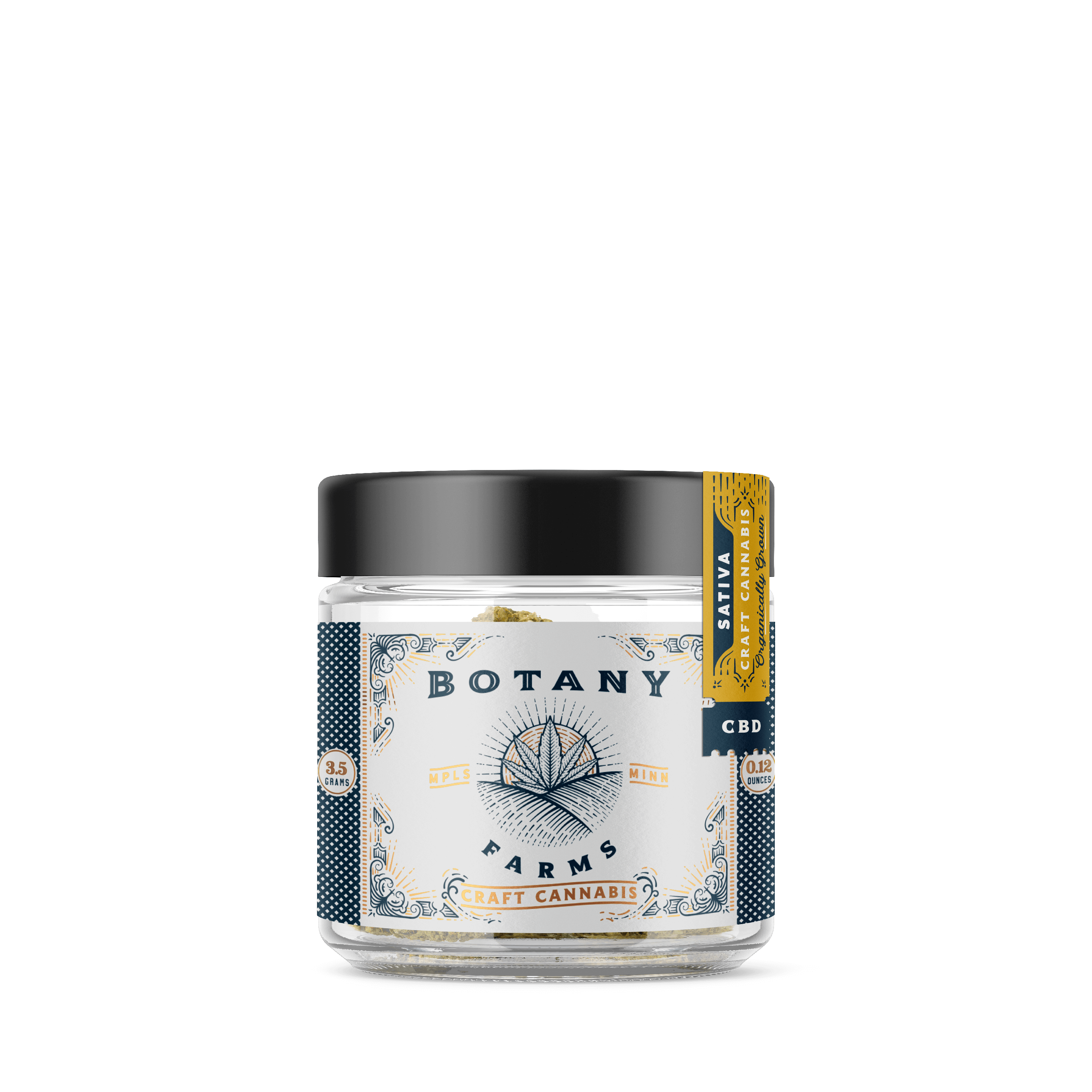Disclaimer: The information provided here is intended solely for informational and entertainment purposes. It should not be used as a substitute for professional medical advice, diagnosis, or treatment. Always seek the advice of your physician or other qualified health provider with any questions you may have regarding a medical condition or treatment and before undertaking a new health care regimen. Never disregard professional medical advice or delay in seeking it because of something you have read here.
Cannabis and hemp are plants that never seem to stop surprising us. Beverages, edibles, smokable flower, concentrates and topicals are just some of the products created from these amazing plants, delivering wonderful benefits to our body and mind.
You are probably aware of what THC and CBD cannabinoids do in our bodies. They are the most well-known compounds. However, with research on this plant growing, you will find new names like CBDV on your cannabis products’ labels.
Instead of being transfixed, we'll tell you about a new cannabinoid developing a name for itself.
Key Takeaways:
-
CBDV, or cannabidivarin, is a lesser-known cannabinoid in cannabis, discovered in 1969, sharing similar effects to CBD.
-
CBDV uniquely interacts with the endocannabinoid system, particularly affecting the TRPV1 receptor, making it effective in treating chronic pain.
-
CBDV's potential in managing various health conditions, including autism, epilepsy, Rett syndrome, neuropathic pain, and mood disorders, is currently under study.
What is CBDV?
Another cannabinoid, called cannabidivarin, or CBDV, is more unusual. Like CBD itself, this compound is found in concentrations of several hundred milligrams per gram in certain strains of cannabis. It’s closely related to CBD, and hence its effects are also similar.
This molecule wasn’t known until 1969, but for more than four decades it’s languished in obscurity. Could this cannabinoid be beneficial, just like CBD and THC – the two other cannabis-based compounds that have been studied despite the years of prohibition? Instead, CBDV can be found in landrace strains from India, Pakistan and Mexico – almost always of the indica type – indicating they were grown far from their original habitat without being crossed with other plants.
Again, it comes predominantly from cannabis plants with a stronger tendency for CBD than THC.
CBDV Cannabinoid
Just like any other cannabinoids, CBDV interacts with the endocannabinoid system. However, how it does this is different.
While CBD and THC exert their effects by interacting with the CB1 and CB2 receptors in the endocannabinoid system, the effect of CBDV is activated via the transient receptor potential vanilloid 1 (TRPV1), a channel in the central and peripheral nervous systems. This receptor plays a part in pain transmission and modulation. For this reason, CBDV is a great way to treat chronic pain.
CBDV Benefits
CBDV research is growing, enabling the discovery of many health benefits it provides. For example, it is related to CBD, which means it delivers more or less similar properties. However, CBDV's major power is its ability to enhance the effects of CBD. So, sit back and think about CBD's immense therapeutic benefits, and imagine throwing in a catalyst that magnifies these effects! That's what you get with CBDV.
Here's a summary breakdown of CBDV's benefits.
| CBDV | |
|---|---|
| Benefits |
|
| Pros |
|
| Cons |
|
| Legal Status |
|
CBDV and Autism
GW Pharma performed studies to identify the possible medical applications of the cannabinoid for autism spectrum disorder, specifically in children. According to the results, the administration of CBDV as a complementary treatment has the potential to treat cognitive and social issues as well as reduce repetitive behaviours.
CBDV and Epilepsy
CBDV shows powerful anticonvulsant effects on epileptic seizures in mice. Although human tests are non-existent, CBDV was found to affect the neurochemical pathway of the receptors involved in the progression of epilepsy. In addition, it could also be used as a potential remedy for epileptic fits. In both cases, the cannabinoid didn’t affect motor function, making it a promising adjunct treatment for seizure disorders.
CBDV Effects
CBDV's effects are relatively similar to CBD's. It is a great pain reliever due to its anti-inflammatory properties, has antioxidant effects, and is a muscle relaxant to boot! Just like CBD, CBDV doesn’t generate the “euphoria” associated with THC, making it excellent for those who do want to get high.
On the other hand, it may cause drowsiness, dry eyes, and dry mouth. As we continue to study it, we'll certainly learn more about its side effects.
What is CBDV Flower?
Given CBDV's potential therapeutic benefits, it's understandable why growers are suddenly interested in developing high-CBDV hemp. It's a new thing still, so finding CBDV flower might be difficult for now.
You're best bet is to go with high-CBD flower, as this is likely to have CBDV, albeit in trace amounts. That's why we recommend this dependable CBD flower, which contains small amounts of CBDV.
CBDV Oil
CBDV oils are getting more popular now, even though the FDA has not approved them for medical use. As a method of consumption, oils are the most efficient because they are absorbed sublingually. This translates into higher bioavailability, hence better effects.
You can find CBDV oil online and at local shops, but it is important to check if the product has third-party lab test certifications.
CBDV Isolate
The purest form of CBDV is isolate, which delivers stronger effects than oil. CBDV isolates are common because of their wellness-enhancing potential.
CBDV Laws
As of now, the law does not specifically address CBDV. The 2018 Farm Bill legalized hemp and hemp-derived products as long as they contain less than 0.3% THC levels.
For that reason, many other cannabinoids, like CBDV, are being isolated and turned into products that could potentially have health benefits. In the future, we are sure we will have hemp products for specific needs.
Is CBDV Safe?
Cannabidivarin (CBDV) has a good safety profile when used appropriately like its more well-known cousin, CBD. Both naturally occurring cannabinoids are found in the cannabis plant and are among the safest constituents of the plant. Compelling animal and limited human safety data suggest that CBDV has a remarkably benign side-effect profile.
CBDV has so far been studied mostly in the realm of neurological conditions, especially for its antiepileptic properties where it shows promise and appears to have no major side-effects. Nevertheless, like any other drug, its safety might depend on these principles, including the dose, the condition of the person, and the interaction with other drugs.
As a compound, we are still in the early stages of research, so anyone who wishes to use CBDV for therapeutic purposes should consult a doctor to see if it is suitable for their needs.
What is CBDV: Frequently Asked Questions
Is CBDV Natural?
Yes, Cannabidivarin (CBDV) is a natural cannabinoid found in the cannabis plant. It is structurally similar to CBD (cannabidiol) and occurs naturally in certain strains, particularly those with lower THC content.
Is CBDV Better Than CBD?
Whether CBDV is better than CBD depends on the specific effects or treatments one is considering. While both have therapeutic properties, CBDV has been studied for its potential benefits in neurological disorders, including epilepsy. It may offer unique effects different from CBD, but "better" is subjective and varies by individual needs and responses.
Does CBDV Suppress Appetite?
Early research suggests that CBDV may influence appetite. Studies on animals indicate that CBDV could suppress appetite, contrasting with the appetite-stimulating effects of THC. However, more comprehensive human studies are needed to confirm these effects.
References for this Article:
- https://www.webmd.com/vitamins/ai/ingredientmono-1601/cannabidivarin-cbdv
- https://www.nature.com/articles/s41398-019-0654-8
- https://ajp.psychiatryonline.org/doi/full/10.1176/appi.ajp.2021.21111138
- https://pubs.acs.org/doi/abs/10.1021/cn5000524
- https://pubmed.ncbi.nlm.nih.gov/32335286/
- https://www.ncbi.nlm.nih.gov/pmc/articles/PMC6696797/
- https://pubmed.ncbi.nlm.nih.gov/31447649/
Note: This article is provided by Botany Farms for informational purposes only and does not constitute medical advice. The content is intended to offer insights into the practice of dabbing and the use of cannabis concentrates, reflecting current knowledge and research within these areas. It is not aimed at diagnosing, treating, curing, or preventing any diseases or health conditions. As the legal status of cannabis varies across different regions, it is the responsibility of the reader to be informed about their local laws regarding cannabis use. Botany Farms advises all readers to consult with a healthcare professional before making any decisions about cannabis consumption to understand fully the potential risks and benefits. Botany Farms and the authors of this content disclaim all liability for any adverse effects that may arise from the use of information provided in this article.
- https://pubmed.ncbi.nlm.nih.gov/35364618/
